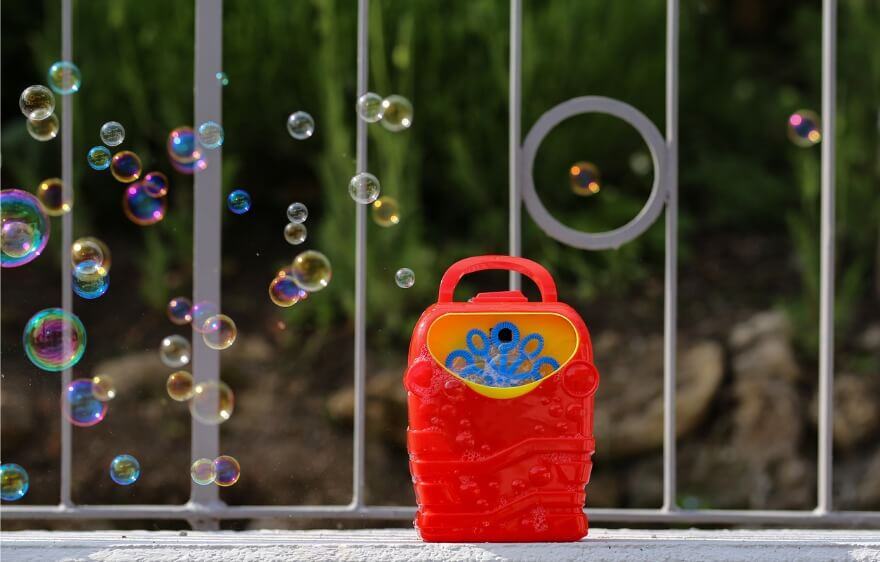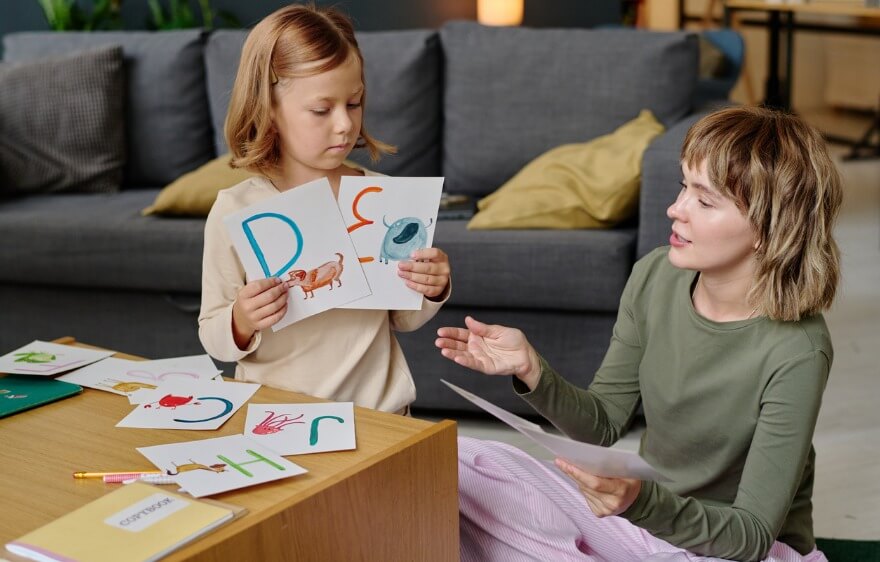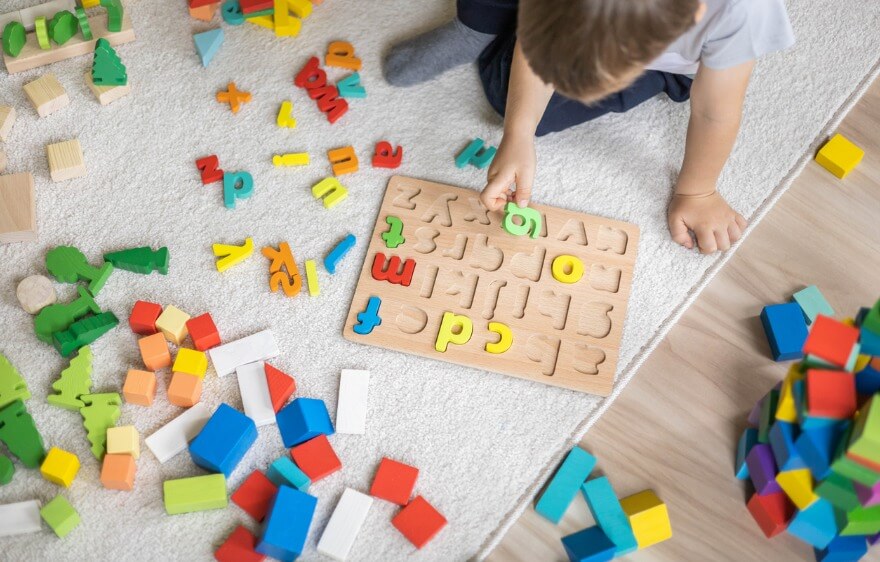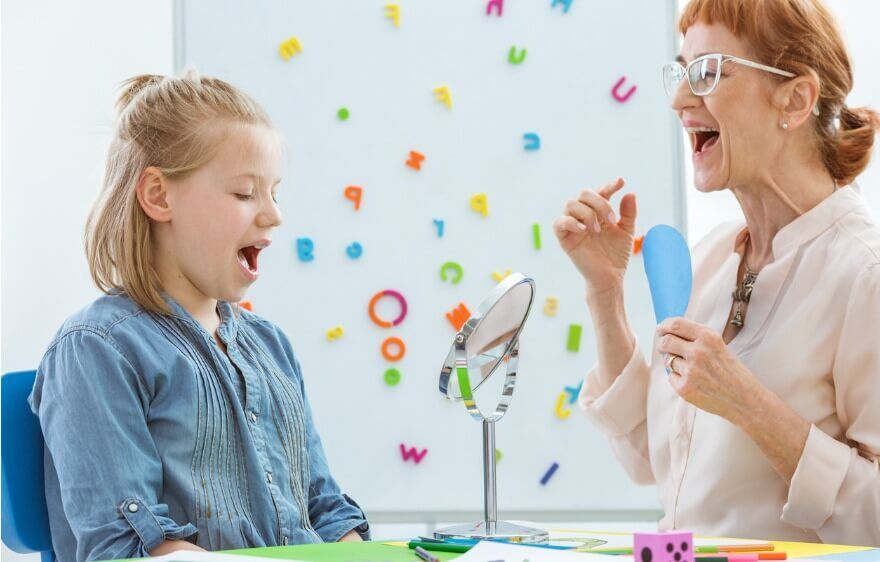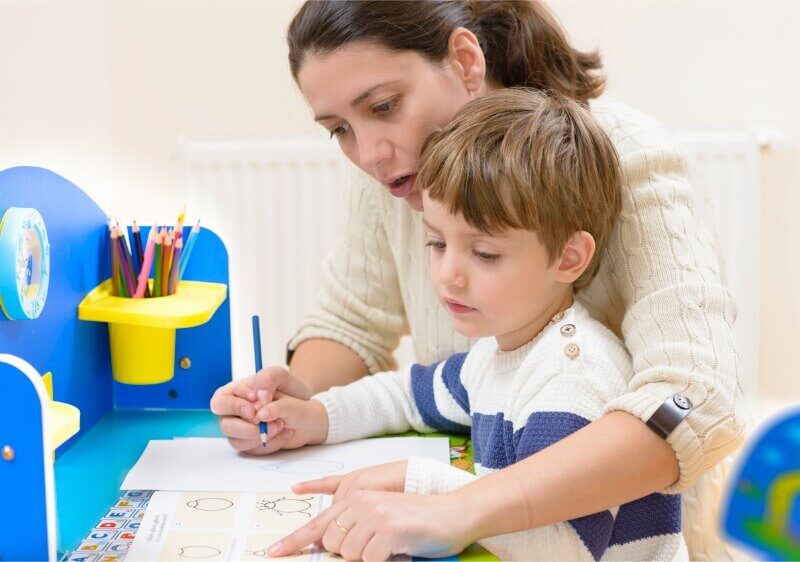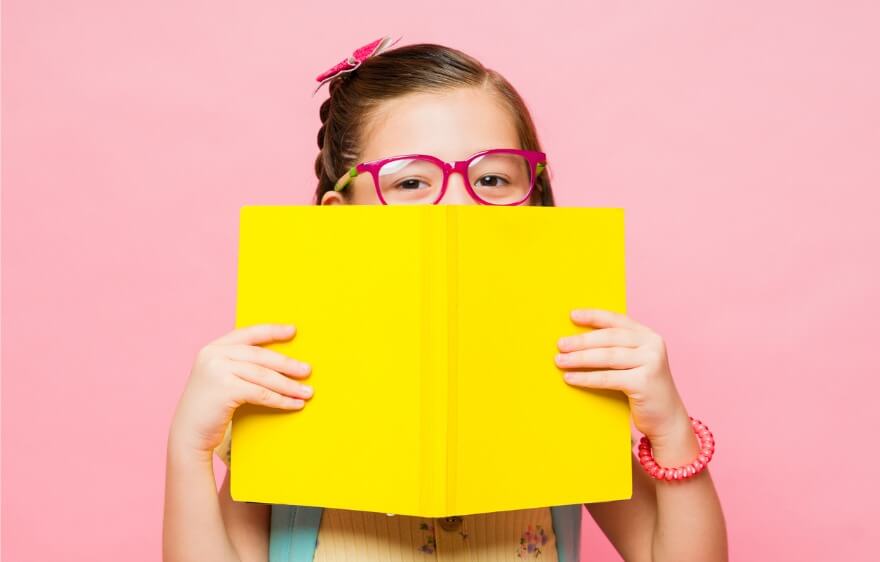Who says speech therapy can’t be fun? Speech therapy toys can transform a therapy session into a fun, engaging experience for kiddos and make practicing speech and language skills an adventure. From toys that encourage talking to those that stimulate creativity and communication, the right toys can make all the difference in helping kiddos learn to express themselves.
If you’re a speech-language pathologist (SLP) working with a child to improve speech and language, these specially selected speech therapy toys can make every session more effective and enjoyable.
The Importance of Speech Therapy Toys
Speech therapy toys are invaluable tools for any speech-language pathologist helping a child build communication skills. They’re much more than just playthings; they can foster development in areas like articulation, language comprehension, and social interaction. Toys used in speech therapy engage kids on multiple levels. For example, by using a blend of sight, sound, and tactile feedback, they make abstract concepts like word formation or conversation feel concrete. This multisensory approach aids learning, helping kids remember and practice new words, sounds, and structures naturally and joyfully.
When used correctly, speech therapy toys encourage active participation, and with every game or play session, children gain more confidence in their communication skills. Each toy in the list below has been carefully chosen to support different aspects of language and speech development and meet larger speech therapy goals.
The 15 Best Speech Therapy Toys for Developing Language Skills
Let’s dive into the 15 best speech therapy toys and see how each one can support the path to better speech and language skills.
1. Melissa & Doug See & Spell
The Melissa & Doug See & Spell is a wonderful toy for any speech therapy toolkit. This toy includes wooden letters that fit into cut-out puzzle boards to spell words, helping children connect sounds with letter shapes and vocabulary building. Using this toy encourages letter recognition and phonetic practice as kids begin associating sounds with letters and words. Plus, it’s fantastic for little hands and makes learning new vocabulary words feel like a fun puzzle.
2. Lakeshore Storytelling Kits
Lakeshore Storytelling Kits are engaging tools that help kids build storytelling skills, a key component of language development. These kits typically include storyboards, props, and character cut-outs that children can use to create their own stories. By playing with storytelling toys, kids work on language sequencing, vocabulary, and sentence structure, all of which are crucial for expressing ideas and building narratives.
3. Wh- Question Flashcards
Flashcards might seem simple, but these Wh- Question Flashcards are essential speech therapy toys for teaching kids how to ask and answer questions. Each card contains an image and a “Wh” question (like “Who?” “What?” “Where?”), helping kids understand the basics of conversation. Practicing with these flashcards supports critical thinking and improves comprehension, setting the stage for better social communication.
4. The Zingo Language Builder Game
Zingo is a game that works like Bingo but is adapted to focus on building language skills. Kids match pictures and words on their cards with tiles, promoting vocabulary and verbal identification of everyday objects. By calling out their matches, kids practice pronunciation and listening, making Zingo a great choice for speech therapy sessions that aim to expand language.
5. Say It Right Articulation Flip Books
Say It Right Articulation Flip Books are versatile toys that focus on helping kids with articulation. Each flip book has pages with pictures and words that include specific sounds (like “S,” “R,” “L”), enabling focused practice for articulation goals. Kids enjoy flipping through the pages, and it’s easy for SLPs and parents to adjust the difficulty level by focusing on particular sounds.
6. Magnetic Storytelling Kits
Magnetic Storytelling Kits are compact, engaging, and perfect for building language skills on the go. These kits often include a magnetic board with magnetic characters and scenes that kids can use to create their own stories. This type of play is fantastic for practicing language sequencing, sentence formation, and vocabulary as kids narrate the scenes they build. Plus, kids love the hands-on interaction with the magnets, which adds a sensory element to learning.
7. Peek-a-Boo Barn App
Although not a traditional toy, the Peek-a-Boo Barn App is a useful digital speech therapy tool for young children. This app helps toddlers learn animal names and sounds through an interactive peek-a-boo game, perfect for engaging them in identifying and imitating sounds. It’s a fun way for SLPs to introduce animals and sounds, making it easier for kids to build on this foundation with more complex words and sentences.
8. Mr. Potato Head
Mr. Potato Head is a classic toy that is also an effective tool in speech therapy for teaching vocabulary and body part names. Children get to practice identifying and naming parts as they attach them to the toy, which reinforces word-object associations. The toy also encourages creativity as kids mix and match the pieces to create their own character, making sessions lively and fun.
9. Pretend Play Kitchen Sets
Pretend play is an essential component of speech and language development, and kitchen sets provide countless opportunities for vocabulary building and conversation practice. Kids can pretend to “cook” and “serve” food, taking turns and talking through the steps, which enhances their understanding of sequencing, verb usage, and social skills. These sets are also excellent for encouraging imaginative dialogue and conversation, both crucial for developing strong language skills.
10. Bubble Machines
It may sound simple, but bubble machines are fantastic speech therapy toys that make articulation practice feel like play. Kids are encouraged to practice sounds or words in order to earn more bubble-blowing time, adding an element of excitement and reward. The bubbles also make for great breath control exercises, which help with vocal intensity and volume.
11. Chat Chains Conversation Game
The Chat Chains Conversation Game helps kids work on social communication skills, like listening, turn-taking, and responding to conversation topics. Each card in the game contains a different conversation starter or prompt, encouraging kids to share thoughts and opinions. This toy is especially useful for kids working on pragmatic language skills, as it fosters real conversation in a low-pressure setting.
12. Animal Sound Bingo
Animal Sound Bingo is a fun way to introduce kids to different sounds, a key skill for early language development. Kids identify the animal that makes each sound, helping them associate sounds with animals while practicing listening skills. The added game element of Bingo keeps them engaged, and it’s easy for SLPs to customize the game for individual needs.
13. Wooden Lacing Beads
Wooden Lacing Beads may not be an obvious speech therapy toy, but they can help kids work on fine motor skills and develop language as they follow instructions for lacing different patterns. You can incorporate color and shape vocabulary, reinforce following directions, and even create narratives around bead patterns. The toy’s tactile nature also makes it soothing and a great option for shy kids or those who need extra sensory input.
14. Touch and Feel Picture Books
Books are always a great speech therapy tool, and touch-and-feel books are especially useful for young kids or those with sensory needs. These books engage kids with textured images, allowing them to feel and describe the textures while expanding their vocabulary. SLPs can use these books to prompt conversation, improve descriptive language, and introduce adjectives in a fun, interactive way.
15. Speech Therapy Mirror Set
A speech therapy mirror set may seem simple, but it’s incredibly effective for helping kids work on articulation and pronunciation. Using a mirror, children can watch their mouth movements as they practice sounds, helping them see and understand how to form specific letters and words. This visual feedback makes it easier for kids to replicate the correct mouth shapes, and it’s also a fun way to encourage self-awareness and progress as they “watch” their way to improved speech.
When to Use Speech Therapy Toys for the Best Results
Speech therapy toys work best when used with specific goals in mind. SLPs and parents can make a game plan before starting a session with a particular toy, knowing what they’d like the child to work on — be it vocabulary, articulation, or turn-taking. By focusing on a clear objective, these toys become powerful tools that don’t just make therapy fun but also highly productive.
Making the Most of Speech Therapy Toys at Home
If you’re using these speech therapy toys at home, remember that engagement is key. Follow the child’s lead and let them express themselves, encouraging speech without creating pressure. Ask open-ended questions to foster language growth, and, most importantly, praise their efforts. Whether you’re an SLP or a parent, the ultimate goal is to create a comfortable environment where communication feels enjoyable and rewarding.
Each of these speech therapy toys offers a unique way to develop communication skills, from vocabulary to conversation to articulation. With the right approach and a playful mindset, these toys can turn any speech therapy session into an adventure that helps kids find their voices in a safe, supportive setting.
Care Options for Kids therapists know that speech therapy toys can offer endless opportunities for growth and development. By encouraging articulation and social interaction in a fun and engaging way, we can support child development. Want to be part of a team that champions creative, skill-building play?
Join the Care Options for Kids Team!
Are you ready for meaningful work that comes with benefits and not burnout? Join the compassionate care team that helps children and families live their best lives. Our clinicians provide best-in-class pediatric nursing, therapy, and school-based services. We bring individualized care to children where they live, work, and play. We have opportunities in homes, schools, and clinics across the country.
Apply at Care Options for Kids now. We make it easy to start so you can make a difference as soon as possible.
